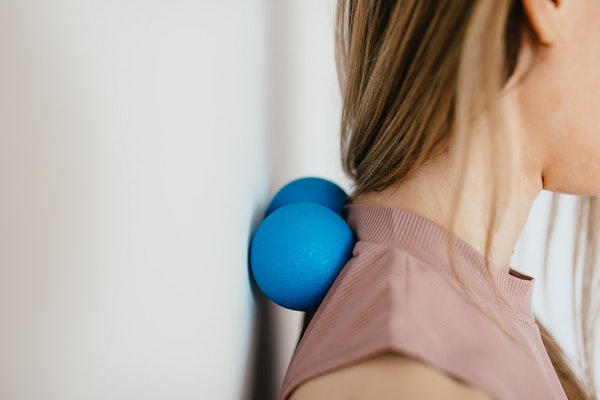Sometimes, the most painful part of a workout comes at the end, after you’ve finished exercising. When your muscles are sore and tense, the sensation can be painful and frustrating. It can also detract you from wanting to get active again.
Fortunately, there are several tools and strategies to alleviate sore muscles so you can quickly get back on your feet. A handful of them are listed below.
Why Do We Get Sore Muscles?
First, let’s look at why we get sore muscles after exercise in the first place. When we work out, the impact of physical activity generates small amounts of damage to muscle fibers. This damage is normal and is to be expected, as it is part of the muscle-building process. We don’t always feel muscle damage when it happens, but it can sometimes be painful – especially if the intensity of your workout was greater or if you are not regularly active.
The Basics of Relieving Sore Muscles
There are two basic strategies for relieving sore muscles that are not only free but also beneficial to your overall health and wellness.
Stretching
Stretching is vital before your workout to increase blood flow and warm up your muscles. It is also helpful after your workout to increase your range of motion at the joints that connect muscles. Stretching can also prevent tissue scarring and help improve mobility.
Quality Sleep
Sleep is an often overlooked cornerstone of health, but it plays an essential role in muscle recovery by releasing critical growth hormones. With quality sleep, your pituitary gland releases these important hormones which stimulate tissue growth and muscle repair.
Other Muscle Recovery Tools
In addition to stretching and sleep, there are a few other techniques to ease sore muscles and reduce pain. However, the data behind these techniques vary, so it’s worthy to note that you may have to try a few different methods before finding what works best for you.
- Foam Rolling – A foam roller is a lightweight, cylindrical tube of compressed foam. They come in various sizes and degrees of firmness and help reduce soreness and muscle knots via a self-myofascial release.
- Massage – Whether you try a classic massage or modern techniques like hydrotherapy, massages can release muscle tension and knots.
- Ice Treatments – Applying ice to sore muscles can reduce inflammation and help with any pain. However, you should not do an ice treatment for too long because some swelling is essential for muscle repair.
- Compression Tights – When worn, compression tights can increase blood flow through your veins and reduce overall swelling. Many people with circulation issues find compression tights to be very helpful for not just exercise, but also daily activity.
Conclusion
Sore muscles are common after a workout and they can be painful at times, but don’t let post-workout muscle pain turn you away from exercise. With a few tools and techniques, you can reduce pain and help your muscles recover. If you try the above strategies but are still struggling to relieve pain, you might want to consider speaking with a healthcare provider, exercise physiologist, or physical therapist.






